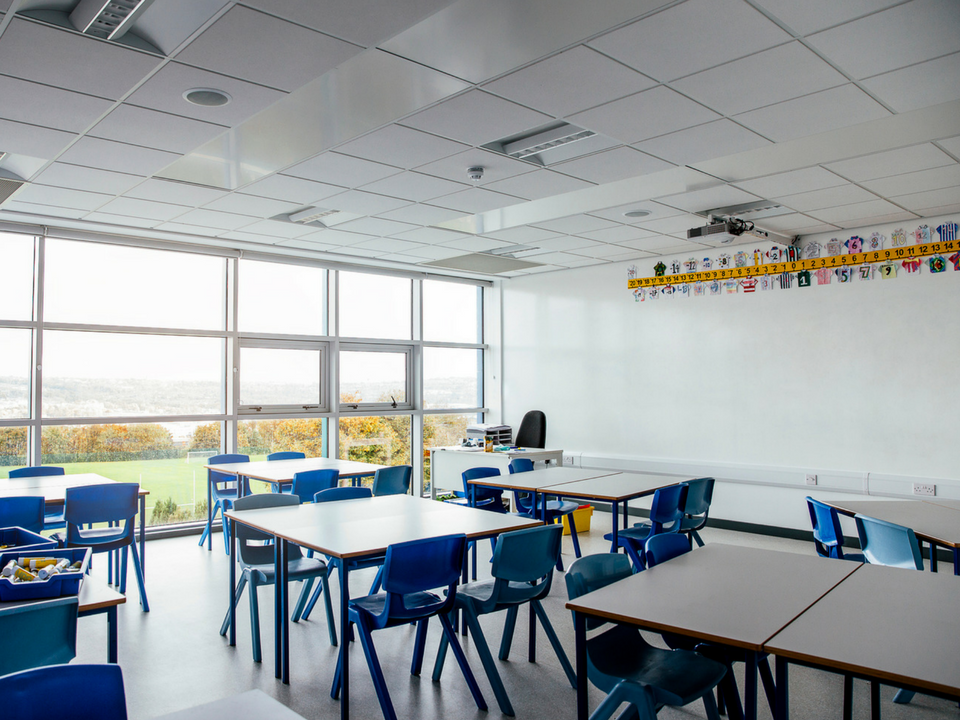
Celebrate National Volunteer Month at Your School
March 29, 2018
Celebrate International Dot Day at Your School!
August 31, 2018It’s World Literacy Day on September 8th, but when it comes to education, literacy is a top priority throughout the school year. Celebrate reading by focusing on strengthening, developing, and helping students and teachers bridge the literacy divide.
School administrators coordinate a bundle of responsibilities when it comes to faculty and students. From providing a framework for teaching activities to developing and implementing strategies to improve student learning, school administrators hold the keys critical for student and teacher success.
However, there is a crisis when it comes to literacy in America. ProLiteracy states that there are more than 30 million adults in the US who are below a third-grade reading, writing, and math skill levels. Of those 30 million adults who are parents, their children have a 72 percent chance of being at low reading levels themselves.
School administrators coordinate a bundle of responsibilities when it comes to faculty and students. From providing a framework for teaching activities to developing and implementing strategies to improve student learning, school administrators hold the keys critical for student and teacher success.
However, there is a crisis when it comes to literacy in America. ProLiteracy states that there are more than 30 million adults in the US who are below a third-grade reading, writing, and math skill levels. Of those 30 million adults who are parents, their children have a 72 percent chance of being at low reading levels themselves.
What can school administrators do to increase student literacy?
Illiteracy in individuals can arise from many factors. The most frequent factors for illiteracy are parents with little schooling, lack of books at home, poverty, and learning disabilities.It takes a schoolwide culture to create lifelong readers, but as an administrator, you have a responsibility to facilitate this culture. Here are 15 ways you can promote and increase literacy at your school.

15 Ways to Increase Student Literacy
1. Support teachers in building high-quality classroom libraries through budget dollars, grants, and book drives.2. Host book clubs at your school for parents and students. Create a community of readers by giving students and their parents the space to connect and support each other in their reading endeavors.
3. Schools who prioritize literacy instruction through each grade level of K to 12 (not just in lower grades but throughout) ensure that students are at or above grade level.
4. Set aside time for independent reading. It is recommended that students, grades K-12, have at least 15 to 20 minutes a day to independently read a book of their choice.
5. Read what students are reading so you can help them find more books that grab their attention and interest.
6. Supply more graphic novels at your library and individual classroom libraries. Graphic novels help struggling readers to build vocabulary, strengthen reading stamina, and develop comprehension strategies need for reading.
7. Similar to graphic novels, try to make audiobooks more readily available to students. When students listen to books on tape, they acquire new vocabulary and build reading fluency.
8. Create a reading campaign at your school. Work with your school library to create a lifestyle campaign like “Caught Reading” that features students, teachers, and school staff reading books.
9. Work with your local library by supporting their programs, services, and resources for students and parents. Create field trips or invite your local library’s representatives so students can easily obtain a library card and learn about the public library.
10. Facilitate author visits to your school. Learn how to fund an author visit on a tight budget here!
11. Ask for book donations from local bookstores, your local library, or community. Asking for donations can be a cost-effective way to build classroom libraries for each grade level.
12. Partner with parents to encourage reading at home. Help parents by informing them of school library hours and resource available (at the school or public library) to help their young readers stay at or above literacy levels.
13. Support your school library financially. School librarians understand how to build high-quality collections to support independent reading, but the media center needs an allotted amount of financial support to serve the school community efficiently. Your library is an asset, ensure you are building connections between students and the school library. Alexandria Library Software can do just that.
14. Encourage students to enter into writing contests. Writing and reading go hand-in-hand and this a great way to get students to showcase their creativity.
15. Lastly, increasing student literacy at your school incorporates several elements that are part of an action plan. Learn more about how you can create this comprehensive action plan here.

Track, Manage + Report
Are looking for gaps to improve efficiency and reduce administrative costs. KeepnTrack has endless options to fit your unique needs, such as:- Screen Visitors
- Send and Recieve Alerts
- Powerful Reports for State and Local Boards
- Track Volunteer and Visitor Hours
- and so much more!




